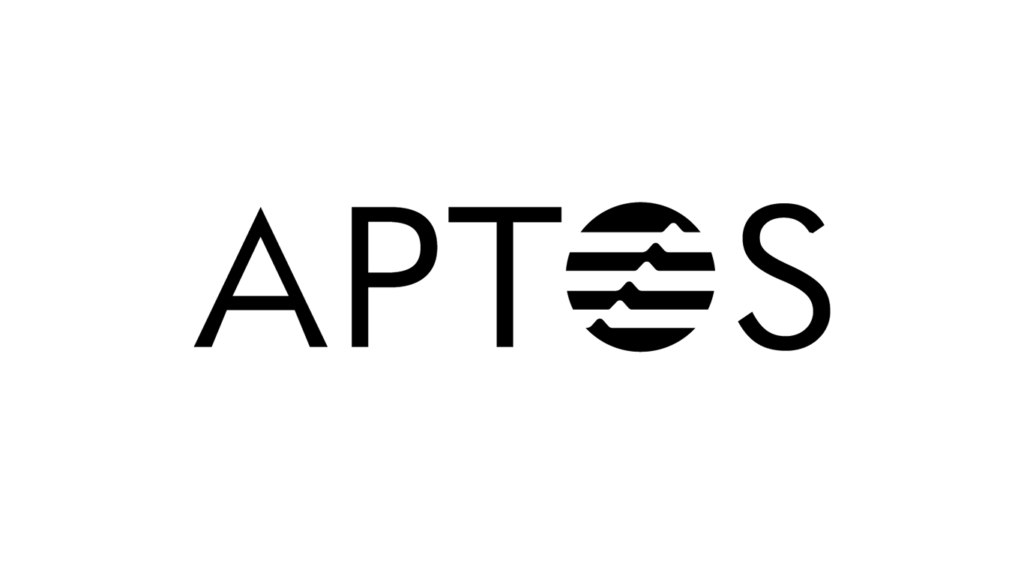
Inflationary vs. Deflationary Tokens: Unveiling the Differences
Introduction
In the crypto world, tokens can be broadly categorized as either inflationary or deflationary, each with its unique approach to managing supply and demand. In this article, we’ll explore the characteristics of these two token models and their impact on market dynamics.
Inflationary Tokens
Inflationary tokens are designed for everyday transactions, lacking a hard cap on their supply. This flexibility allows for the continuous addition of tokens to circulation in times of scarcity, ensuring a steady supply and enhanced market liquidity. However, this abundance comes at a cost – the purchasing power of these tokens diminishes over time, leading to a decline in prices.
Example: Dogecoin (DOGE) removed its 100-billion supply hard cap in 2014, embracing an unlimited token supply.
Deflationary Tokens
Contrary to inflationary tokens, deflationary tokens aim to decrease their supply over time. Mechanisms like token burns or restricted new coin circulation contribute to creating token scarcity, potentially increasing the coin’s value. This reduction in supply can trigger heightened demand as investors seek out these scarce assets, thereby driving up prices.
Example: Binance’s BNB (BNB) conducts quarterly burning events to permanently eliminate excess BNB from circulation.
Tokenomics and Market Liquidity
How Supply Dynamics Affect Trading Volumes
The supply dynamics of both inflationary and deflationary tokens significantly influence market liquidity. While high trading volumes are desirable for smoother transactions, the mechanisms employed by these tokens can either enhance or impede liquidity.
Inflationary Tokens and Market Liquidity
Inflationary tokens, with their high availability, facilitate liquidity, making them suitable for day-to-day activities like payments or transactions requiring substantial volumes. However, the constant influx of tokens in response to demand may lead to decreased purchasing power and lower prices over time.
Example: Ether (ETH) maintains consistently high trading volumes due to its utilization as fuel for smart contracts on the Ethereum network.
Deflationary Tokens and Market Liquidity
Deflationary tokens, by reducing the token supply, can encounter liquidity constraints. The scarcity created may pose challenges in executing orders at desirable prices, especially during high activity periods.
Example: Bitcoin (BTC), with its capped supply of 21 million coins, consistently maintains lower trading volumes.
In conclusion, the supply dynamics triggered by inflationary and deflationary tokens can either bolster or hinder liquidity, influenced by factors like demand patterns and market conditions. In periods of high activity, inflationary tokens boast higher trading volumes, while deflationary tokens may see increased activity during market downturns as investors seek scarce assets at discounted prices. Understanding these dynamics is crucial for navigating the ever-evolving landscape of cryptocurrency markets.
Disclaimer
FAQ
DeFI stands for decentralized finance, offering open and accessible financial systems built on blockchain technology.
Yield farming involves earning interest by lending or staking cryptocurrencies.
Layer 1 blockchains are the primary networks (e.g., Ethereum), while layer 2 blockchains scale and improve performance on top of them.


